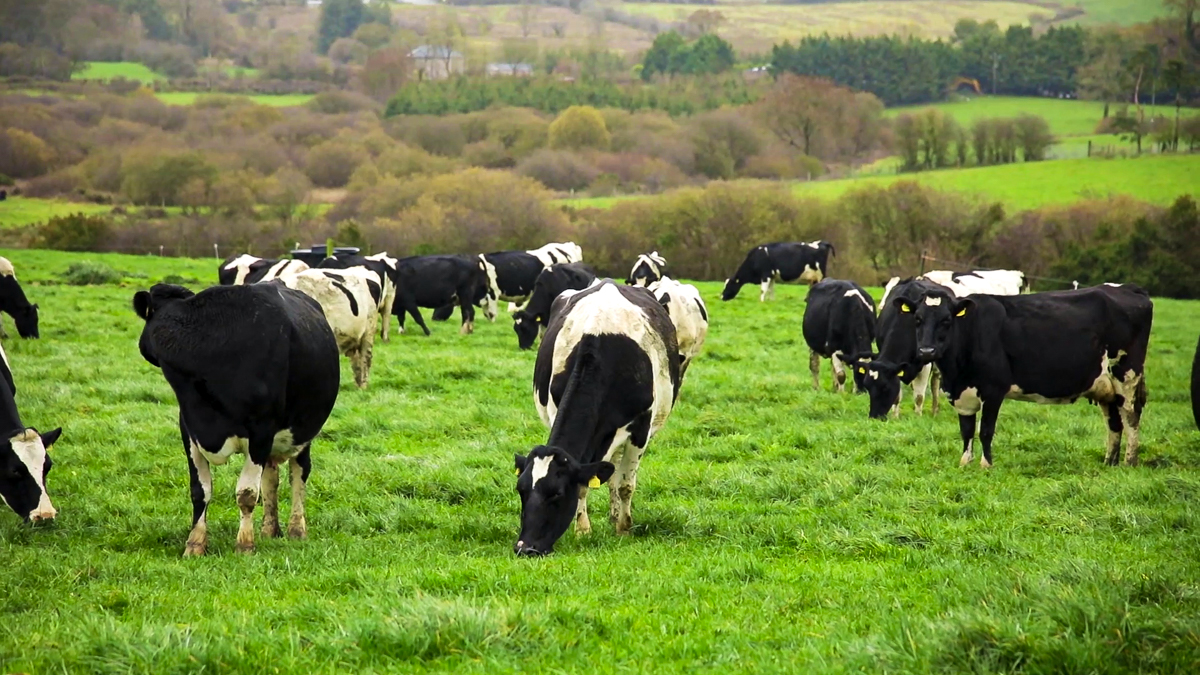Stakeholders in the Food Vision Dairy Group have received a consultation template document allowing them to provide their views on a cow reduction scheme for the sector.
It is understood that stakeholders received the document late yesterday (Friday, June 23).
These stakeholders include farm organisations, bodies representing the dairy processing sector, environmental bodies, and state agencies, along with the Department of Agriculture, Food and the Marine.
The document, seen by Agriland, outlines nine “principles to be considered” for the design of such a scheme, asking stakeholders for comments on each of them.
The scheme was one of the recommendations outlined in the Food Vision Dairy Group report which was released late last year. It made a number of recommendations with the aim of cutting emissions from the dairy sector, of which the cow reduction scheme was one.
The scheme has also been referred to as an exit scheme for farmers, or a cow cull scheme, by various stakeholders and politicians.
The nine principles to be considered for the scheme, on which stakeholders are asked to provide comment, are as follows:
- A voluntary scheme to allow farmers to completely or partially destock breeding ruminants for a contract period;
- The farmer would commit to a specific reduction number at commencement of the contract;
- The scheme would operate over that contract period and provide an annual payment each year per breeding ruminants in line with stated and verified reductions;
- The farmer could not calve any breeding ruminants and register births on AIM (Animal Identification and Movement) where they had opted to completely reduce numbers;
- Where applicants opt for a partial dairy herd reduction in the scheme, terms and conditions on restrictions regarding breeding ruminants will be set out in the reduction scheme agreement at the time of application;
- The benefit would be a reduction in breeding ruminants translating into a direct emissions impact;
- Legally the commitment would need to be linked to the herd and the holding, therefore a farmer could not opt for the scheme and remove all their breeding ruminants and then transfer the holding during the contract and for the transferee to start a breeding ruminant enterprise on that holding;
- The contract period and the link to herd/holding are essential elements to ensure that a reduction in emissions is achieved and lasts over a period of time;
- However, the farmer would be able to diversify into other areas of farming activity not involving breeding ruminants, conditions on land leasing to be considered.
At the end of the consultation document, stakeholders are asked to provide any other comments not covered by the nine point above.
They have until 5:00p.m on Monday, July 31 to submit their responses to the consultation.
The document highlights key parts of the Food Vision Dairy Group report, including: “In developing a detailed scheme, there would need to be extensive consultation with stakeholders to ensure that the scheme is well understood and effective, and that unintended consequences are avoided.”
The document also makes a point of saying that the scheme would be voluntary.
Reaction to a planned cow reduction scheme, or exit scheme, has been mixed.
Some stakeholders are understood to be tentatively in favour of it, believing that a scheme to allow farmers to quit dairying would be suitable to the personal circumstances of some farmers.
However, on the flip side, Macra has publicly slammed talk of any such scheme, instead calling for a farm succession scheme, which it says would allow younger farmers, that are ready and able to adopt emissions mitigation measures, into the sector, while allowing farmer who wish to “step back” from the sector to do so.
In the political sphere, the Rural Independents group of TDs has proposed a Dáil motion which opposes “culling of the national herd”.
The debate will take place on Wednesday (June 28), in which the group will highlight concerns regarding the government’s plans “to reduce emissions in agriculture by culling the national dairy herd”.
